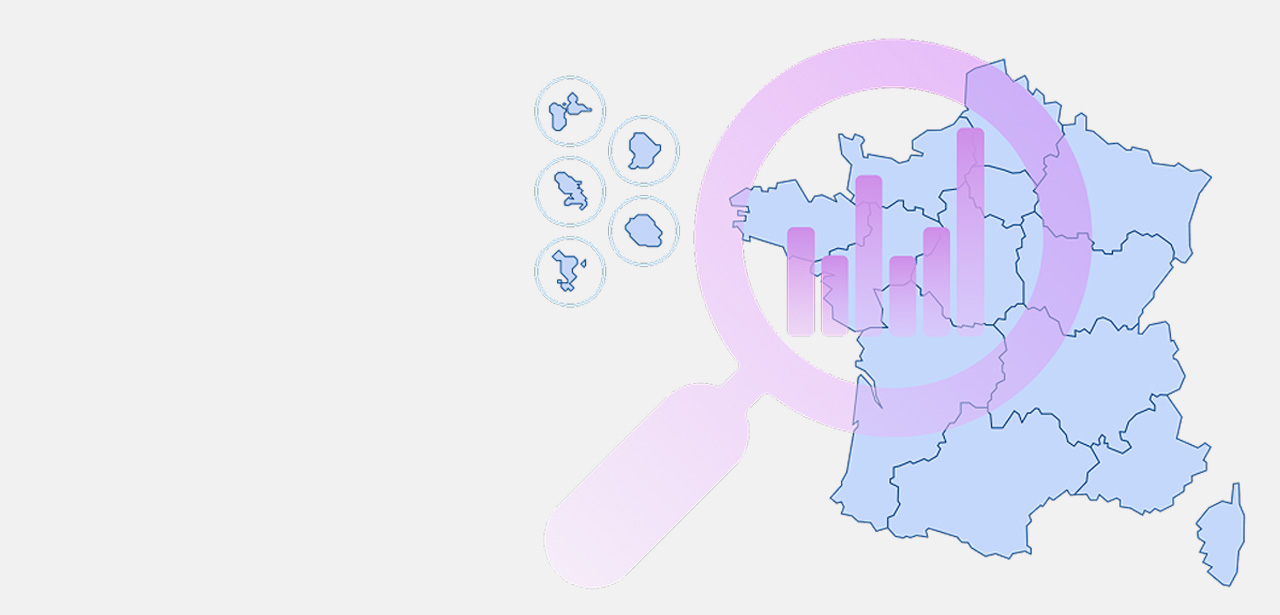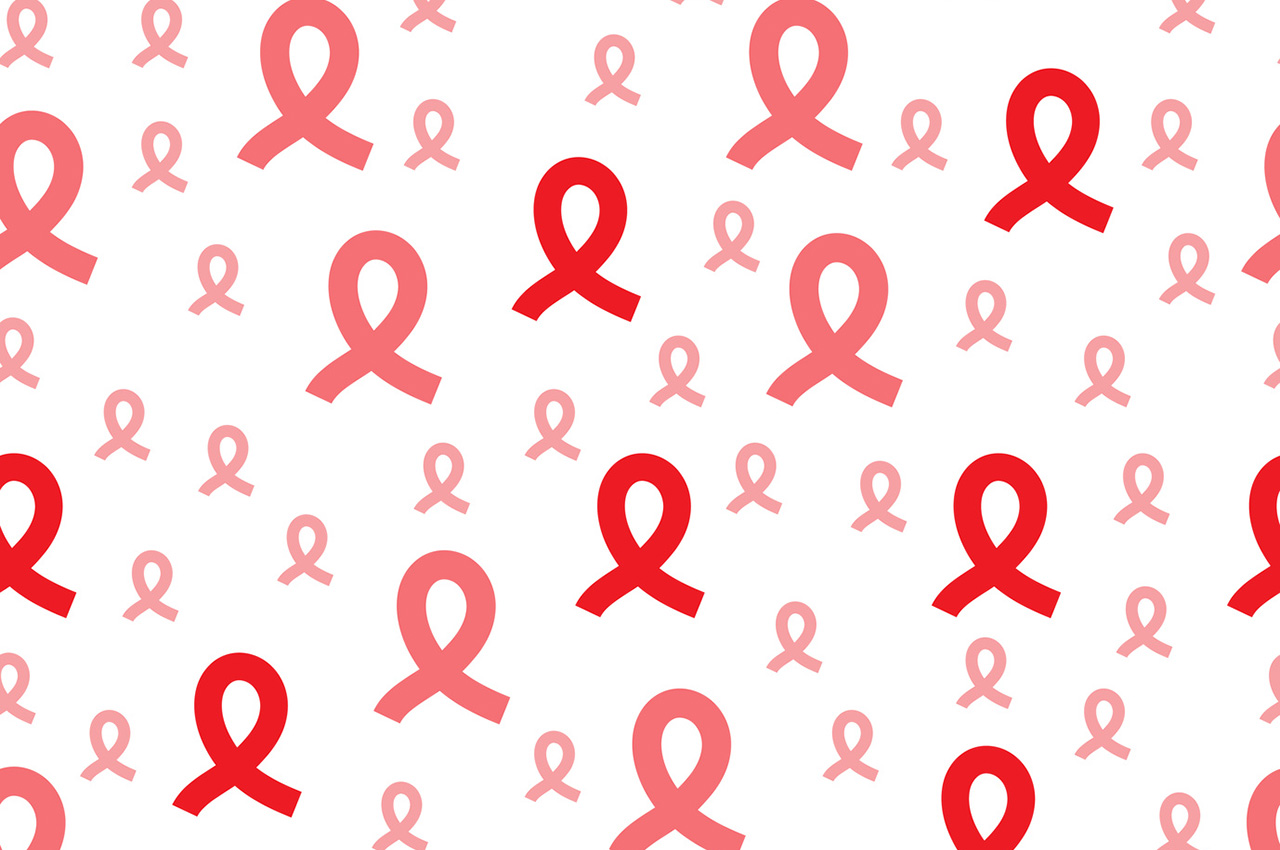PURPOSE: To investigate the association between dietary indices derived from the initial and updated nutrient profiling system underlying the Nutri-Score label and nutrient, food intake, blood vitamin and mineral concentrations in a French national representative, cross-sectional, population-based nutrition survey, and compare their ability to differentiate diets of varying nutritional quality. METHODS: Dietary data were collected in ESTEBAN, a cross-sectional study conducted between 2014 and 2016 on a random sample of 2539 adults from the general French population, through three repeated 24-hour dietary recalls. Based on daily food and beverage consumption, two dietary individual indices were computed using the nutrient profiling system underlying the initial (2015 NS-NPM DI) and updated versions of the Nutri-Score (2023 NS-NPM DI). Dietary indices were computed as the average of the individual nutritional score of foods consumed, weighted by their energetic contributions. First, cross-sectional associations between the dietary indices, as quartiles, and nutrient intake, food consumption, blood vitamin and mineral concentrations were computed using ANOVA and linear contrasts. Then, the ability to differentiate diets of varying nutritional quality was compared by using Spearman correlations between the indices, as continuous, and the different outcomes. RESULTS: Both dietary indices discriminated individuals according to their nutrient intakes and food consumption. Diets of better nutritional quality, according to the nutrient profililing models, were associated with higher intakes of proteins, fibres, vitamins, minerals (except sodium), and lower intakes of saturated fats and added sugars. The 2023 NS-NPM DI was associated with blood concentrations in β-carotene (Q1 = 0.76 µmol/L vs. Q5 = 0.59 µmol/L, p-trend
Auteur : Sarda Barthelemy, Kesse-Guyot Emmanuelle, Salanave Benoît, Verdot Charlotte, Ducrot Pauline, Galan Pilar, Hercberg Serge, Deschasaux-Tanguy Melanie, Srour Bernard, Fezeu Leopold K, Touvier Mathilde, Deschamps Valérie, Julia Chantal
European journal of nutrition, 2025, vol. 64, n°. 5, p. 209


